Common Name(s): Izombe, akewe
Scientific Name: Testulea gabonensis
Distribution: Central Africa (Primarily Cameroon, Gabon, and the Congo)
Tree Size: 100-120 ft (30-37 m) tall,
3-4 ft (1-1.2 m) trunk diameter
Average Dried Weight: 45.5 lbs/ft3 (730 kg/m3)
Specific Gravity (Basic, 12% MC): .62, .73
Janka Hardness: 1,510 lbf (5,140 N)*
*Estimated hardness based on specific gravity; see comments below
Modulus of Rupture: 17,430 lbf/in2 (120.2 MPa)
Elastic Modulus: 1,704,000 lbf/in2 (11.75 GPa)
Crushing Strength: 8,910 lbf/in2 (61.4 MPa)
Shrinkage: Radial: 3.9%, Tangential: 7.0%,
Volumetric: 11.6%, T/R Ratio: 1.8
Color/Appearance: Heartwood color ranges from pale yellow to a darker golden brown, sometimes with darker brown streaks. Figured grain is occasionally seen in boards, particularly curly grain in broad waves.
Grain/Texture: Grain is usually straight or slightly interlocked. Fine uniform texture with good natural luster.
Rot Resistance: Rated as durable; good insect resistance, though susceptible to marine borers.
Workability: Works well with both hand and machine tools, though interlocked grain can sometimes cause tearout. Responds well to steam bending. Glues and finishes well.
Odor: Has an unpleasant odor when green, though dried timber is essentially odorless.
Allergies/Toxicity: Besides the standard health risks associated with any type of wood dust, no further health reactions have been associated with izombe. See the articles Wood Allergies and Toxicity and Wood Dust Safety for more information.
Pricing/Availability: A lesser-known commercial species with modest availability. Generally sold as flooring planks, surfaced lumber, or veneer.
Sustainability: This wood species is not listed in the CITES Appendices, but is on the IUCN Red List. It is listed as endangered due to a population reduction of over 50% in the past three generations, caused by a decline in its natural range, and exploitation.
Common Uses: Flooring, furniture, cabinetry, millwork, veneer, carvings, and turned objects.
Comments: Although izombe is the sole species in the Testulea genus, it is closely related to the Lophira genus (both being in the Ochnaceae family), which contains ekki (Lophira alata). There are currently no Janka hardness values measured for izombe (though there are values for the less common Monnin hardness, a test that doesn’t have a 1:1 conversion into Janka hardness). However, it is listed by PROTA as being “similar to but harder than the wood of Lophira alata” [1]Lemmens, R. H. M. J., Louppe, D., & Oteng-Amoako, A. A. (2012). Plant resources of tropical Africa. Timbers 2 (Vol. 7, p640). a statement which seems to have been inadvertently written in reverse, as ekki is considerably harder than izombe on the Monnin scale (10.7 for ekki and 5.2 for izombe).
Izombe has been used as a substitute for genuine teak (Tectona grandis) in applications where a similar looking wood is needed without teak’s extreme rot and weathering resistance, such as in interior furniture.
Images: Drag the slider up/down to toggle between raw and finished wood.
Identification: See the article on Hardwood Anatomy for definitions of endgrain features.
Porosity: diffuse porous
Arrangement: exclusively solitary
Vessels: medium, numerous; light colored deposits occasionally present
Parenchyma: diffuse-in-aggregates
Rays: varying from narrow to wide rays, visible without magnification; normal spacing
Lookalikes/Substitutes: Superficially, the wood can resemble teak (Tectona grandis), though the two can be separated by teak’s large to very large pores in ring-porous arrangement (sometimes occurring as pore multiples), while izombe has medium sized pores which are diffuse porous and exclusively solitary.
Notes: Heartwood fluoresces green under a blacklight.
Related Content:
References[+]
| ↑1 | Lemmens, R. H. M. J., Louppe, D., & Oteng-Amoako, A. A. (2012). Plant resources of tropical Africa. Timbers 2 (Vol. 7, p640). |
|---|

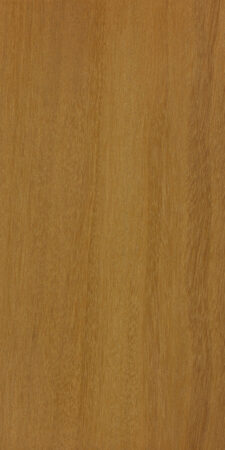
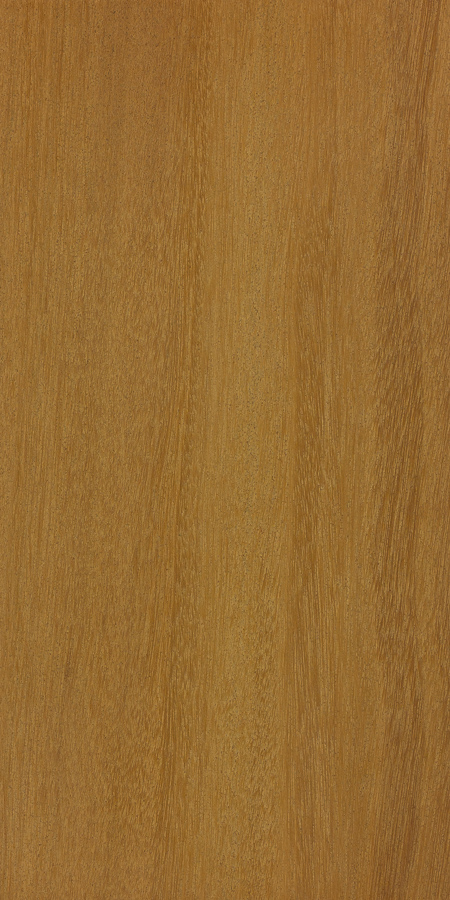
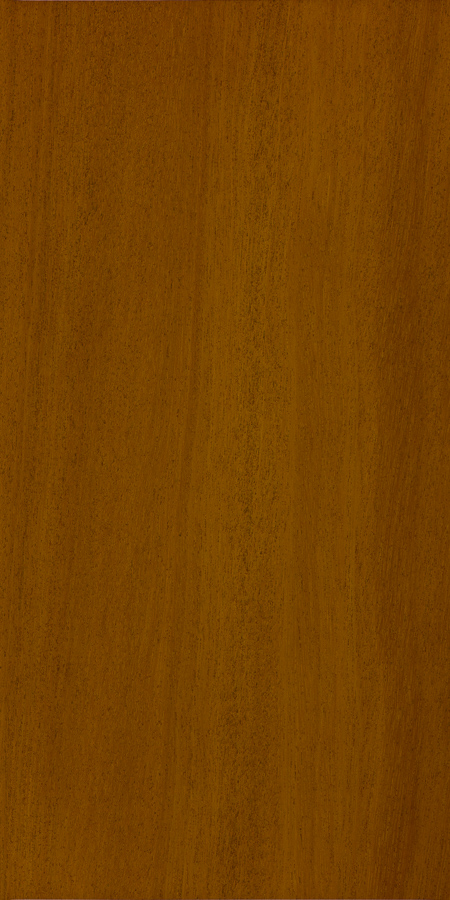
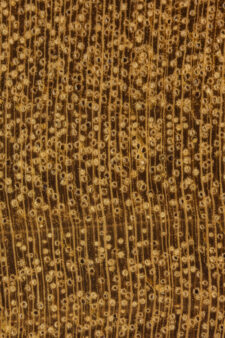

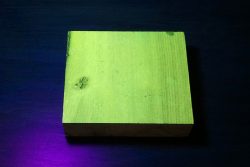
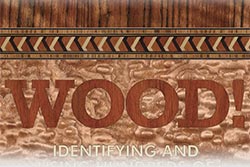
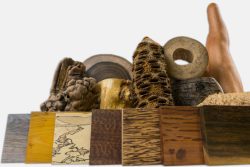



Hi !any remarks onmthis wood?? For Doors and balcony ?